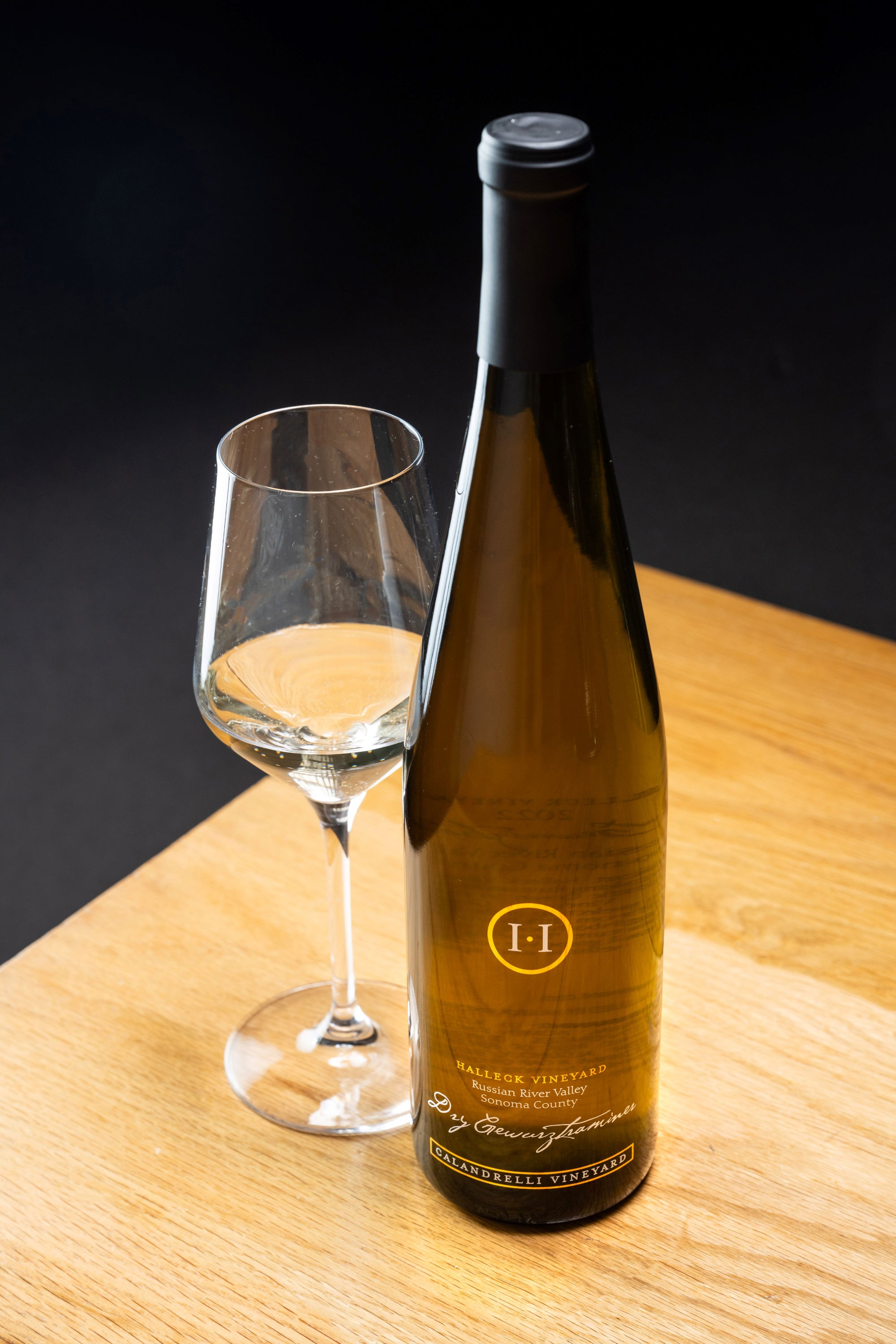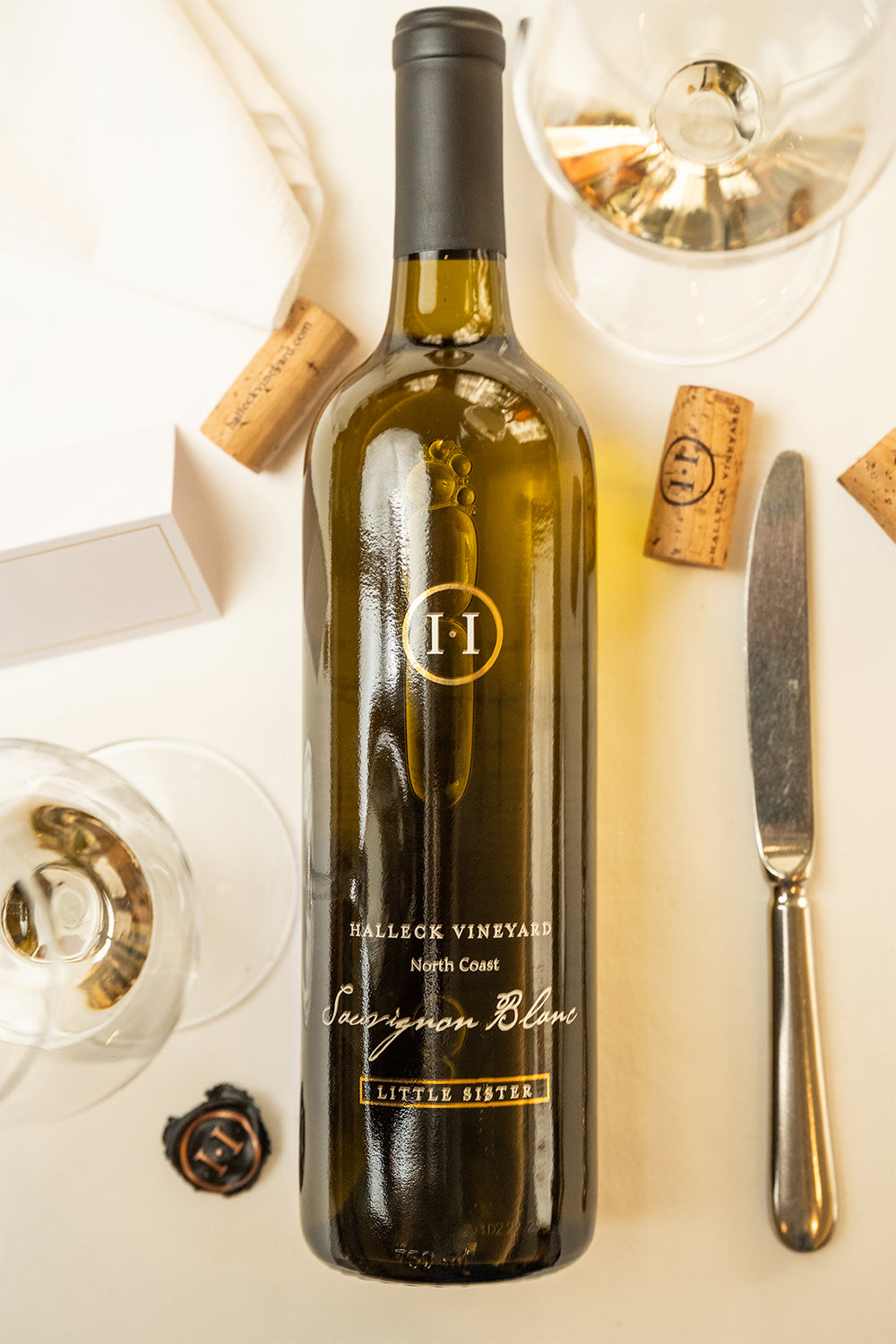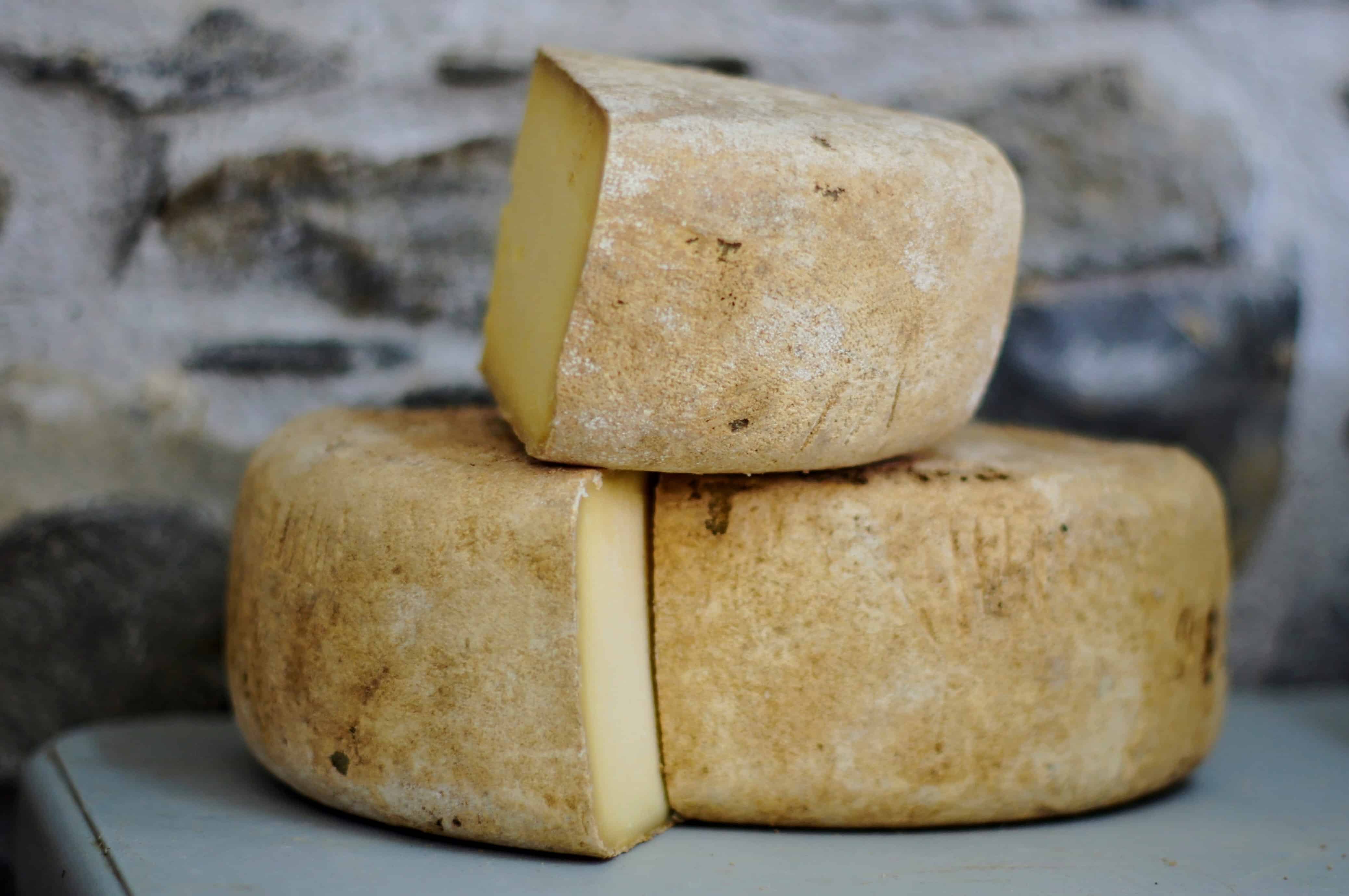Wineries With River Views - Scenic Wineries Of Sebastopol
Wineries With River Views - Scenic Wineries Of Sebastopol
Blog Article
Wineries With Live Music Events Occasionally - Sebastopol Wine Experiences
Wine tasting is an art that mixes sensory experience with an appreciation for the nuances of various varietals. How to evaluate flavors in winery wine tasting sessions is pivotal to grasping the complexities of wine.
Engaging in a wine tasting includes greater than simply sipping and savoring. It requires a focused strategy to determine aromas and flavors that each wine presents. As you start, observe the wine's appearance, noting its colour and clarity. These visual cues often counsel a wine’s age, grape selection, and even potential flavor profiles.
The subsequent step in the tasting course of is to swirl the wine in your glass. This motion releases aromatic compounds that are very important for evaluation. Lean in and take a moment to inhale deeply; the aromas can vary from floral and fruity to spicy and earthy. The nostril of the wine is simply as essential as the palate, and recognizing scents plays a significant function in understanding the general experience.
When taking your first sip, permit the wine to move across your palate - Scenic Vineyard Tours In Sebastopol. Notice the preliminary flavors that current themselves. Is the wine fruity, floral, or perhaps herbaceous? This preliminary taste provides perception into what the wine is prone to categorical as you proceed to gauge it. The mouthfeel also contributes to the overall flavor experience; it can be silky, tannic, and even effervescent.
Wineries With Outdoor Seating - Sebastopol's Vibrant Wine Scene
As you continue tasting, pay attention to the wine’s stability. A well-balanced wine will harmonize acidity, sweetness, and tannins. If one element overwhelms the others, it'd point out a less desirable high quality. Evaluating steadiness may help you establish how nicely the wine may pair with food.
Transitioning to the finish, think about how the flavors evolve as the wine lingers in your palate. A long, pleasant end can point out a high-quality wine, while a short or abrupt end may suggest otherwise. Reflect on whether or not the flavors stay constant or if new notes emerge as the wine settles. This progression can reveal complexities and intricacies that may not have been obvious within the initial tasting.
Temperature can also be a crucial consider evaluating wine flavors. Completely Different kinds of wine are optimally enjoyed at particular temperatures. White wines typically shine when chilled, while purple wines generally perform finest at room temperature. When tasting, make positive the wine is on the applicable temperature to totally respect its character.
Wineries In Green Valley - Wineries With Outdoor Tastings In Sebastopol
Pairing food with wine can significantly improve the tasting experience. Foods can affect the perception of flavors in wine, either highlighting sure traits or diminishing them. When evaluating flavors, contemplate how the wine interacts with completely different meals, noticing which flavors are amplified or muted (Wineries That Offer Barrel Tastings).

Think About the affect of terroir as you interact in a winery tasting. Terroir encompasses the unique environmental elements that have an effect on grape rising, including soil composition, climate, and geography. Understanding a wine's terroir can present insight into its flavors and aromas, fostering a deeper appreciation for the alternatives made during its cultivation and manufacturing.
Education performs a basic position in enhancing one's capacity to evaluate wine flavors. Studying about grape varieties, wine regions, and production strategies can pave the means in which for more informed judgments during tastings. Additionally, attending workshops or classes can refine sensory skills and broaden your flavor vocabulary, enabling you to articulate tasting notes more successfully.

Lastly, it's essential to remember that evaluating wine flavors is a highly personal experience. Particular Person preferences and perceptions will invariably shape one’s tasting journey. Enjoyment must be on the forefront, with the analysis course of performing as a device to reinforce understanding and appreciation quite than create inflexible pointers.
Wineries Pairing Wine With Chocolate - Top Sonoma Wine Tasting Destinations
In conclusion, mastering how to evaluate flavors in winery wine tasting sessions includes a combination of sensory engagement, data, and practice. By learning to identify aromas, assess the stability, and recognize the intricacies of flavor, wine enthusiasts can deepen their connection to each bottle they encounter. As with any art form, the extra one immerses themselves in the experience, the extra they'll discover and benefit from the huge world of wine.
- Begin by observing the wine's color and clarity, as these visible components can hint at its flavor profile and aging potential.
- Swirl the wine gently in your glass; this releases aromatic compounds, permitting you to higher determine the advanced scents associated with the wine.
- Take a deep inhale before tasting, focusing on each primary and secondary aromas to collect insights on fruits, spices, and other nuances.
- When tasting, enable the wine to coat your palate; note the preliminary flavors, the mid-palate complexity, and the finish as these levels can provide totally different flavor highlights.
- Pay consideration to texture and mouthfeel, as elements corresponding to tannin ranges, acidity, and sweetness contribute considerably to the general tasting experience.
- Examine flavors towards normal wine traits; for purple wines, think about berry notes, oak influence, and herbal tones, while whites may embody citrus, stone fruits, and floral hints.
- Take notes in the course of the tasting session to trace your impressions, helping you to remember and evaluate the different wines sampled.
- Focus On your findings with fellow tasters or winery employees, as sharing insights can improve understanding and appreciation of particular person flavors.
- Permit time for the wine to breathe; typically, flavors evolve and reveal new dimensions after being exposed to air.
- Experiment with food pairings during the tasting as they can dramatically alter how flavors are perceived, influencing overall enjoyment.undefinedWhat should I look for when evaluating the aroma of wine during a tasting?
Start by swirling the wine in your glass to release its aromas. Bring the glass to your nose and take a deep breath. Pay consideration to the primary scents you detect, as these are sometimes probably the most outstanding. Look for fruit, floral, natural, or earthy notes and attempt to establish particular traits, which is ready to deepen your understanding of the wine's complexity.
Wineries That Welcome Walk Ins - Best Wineries For Wine Tasting Sonoma Area
How can I distinguish between totally different flavor profiles in wine?
Understand that flavor profiles are sometimes categorized as fruit, floral, herbaceous, spicy, or mineral. Take small sips and allow the wine to coat your palate. Notice the first flavors that emerge first and the delicate notes that follow. This layering is essential in distinguishing the wine's characteristics and will help you recognize its distinctive profile.
Charming Wineries Offering Wine And Food Pairings - Wine Tasting Experiences In Sebastopol
What is the significance of the wine's texture in a tasting?

The texture of the wine, also referred to as mouthfeel, performs a try here vital position in how we understand flavors. Pay attention to whether the wine feels clean, creamy, or gritty. The body of the wine (light, medium, or full) can improve or contrast with flavors, providing a extra rounded experience throughout tasting.
How do I assess the balance of flavors in wine?
Steadiness in wine refers to the concord between acidity, sweetness, tannin, and alcohol. Take a moment to assess whether these components complement or interfere with each other. A well-balanced wine will have none of its elements overpowering the others, creating a nice tasting experience.
Remarkable Craft Wineries In Sebastopol - Sonoma’s Lush Vineyard Landscapes
What position does temperature play in evaluating wine flavors?
Temperature can significantly impression the perception of flavors. Usually, red wines are greatest served slightly beneath room temperature, while white wines benefit from being chilled. As the temperature adjustments, the aromas and flavors can shift, permitting you to perceive totally different traits. It’s essential to taste wine at its optimum temperature for true evaluation.
Wineries With Locally Sourced Food Options - Vineyard Experiences In Sonoma
How can I enhance my tasting skills over time?
Practice is key to enhancing your tasting skills. Wineries Ideal For Romantic Getaways. Attend tastings, maintain a journal of your experiences, and discover several types of wines to broaden your palate. Moreover, learning about wine production and grape varieties can provide context that enhances your evaluation process, making you a more informed taster.
Is there a selected order by which I should style the wines?
Wineries Known For Their Hospitality - Unforgettable Wine Tastings In Sonoma
Yes, it’s advisable to style wines from light to full-bodied and dry to sweet. This development prevents the stronger flavors from overshadowing the more delicate ones, allowing you to completely appreciate every wine's characteristics and nuances with out palate fatigue.
How can I consider the aftertaste of wine?
Wineries With Scenic Views - Sonoma County Wine Tasting Locations
The aftertaste, or end, is a crucial side of the wine-tasting experience. After swallowing, take note of how long the flavors linger in your palate and whether they change. A lengthy, nice end is often an additional hints indicator of a high-quality wine, whereas a brief or disagreeable finish might suggest otherwise.
Why is it necessary to notice the wine’s acidity during tasting?
Acidity contributes to the overall freshness and structure of the wine. Pay consideration to the tingling sensation in your tongue; higher acidity can improve the wine's liveliness and stability out sweetness. Noting acidity helps determine the wine's versatility with food and its aging potential.
What ought to I do if I battle to identify particular flavors in wine?
Wineries With Outdoor Seating - Sebastopol Wine Country
Struggling to identify flavors is widespread, especially for novices. Focus on broader categories and describe what you can acknowledge, such as candy or earthy notes. With practice, studying about totally different flavor profiles, and perhaps using flavor wheels, you may refine your senses and develop a extra nuanced method to tasting. Report this page